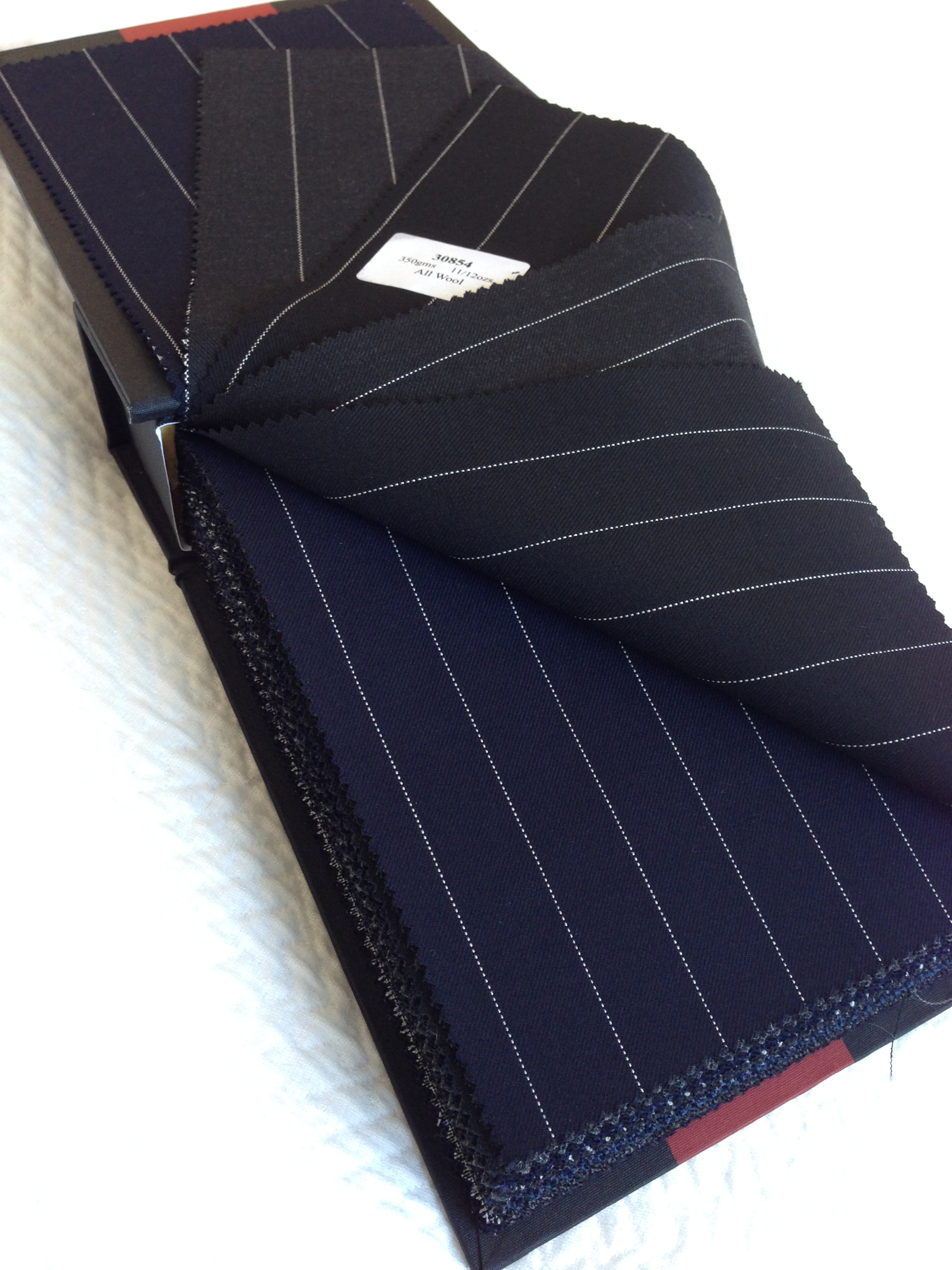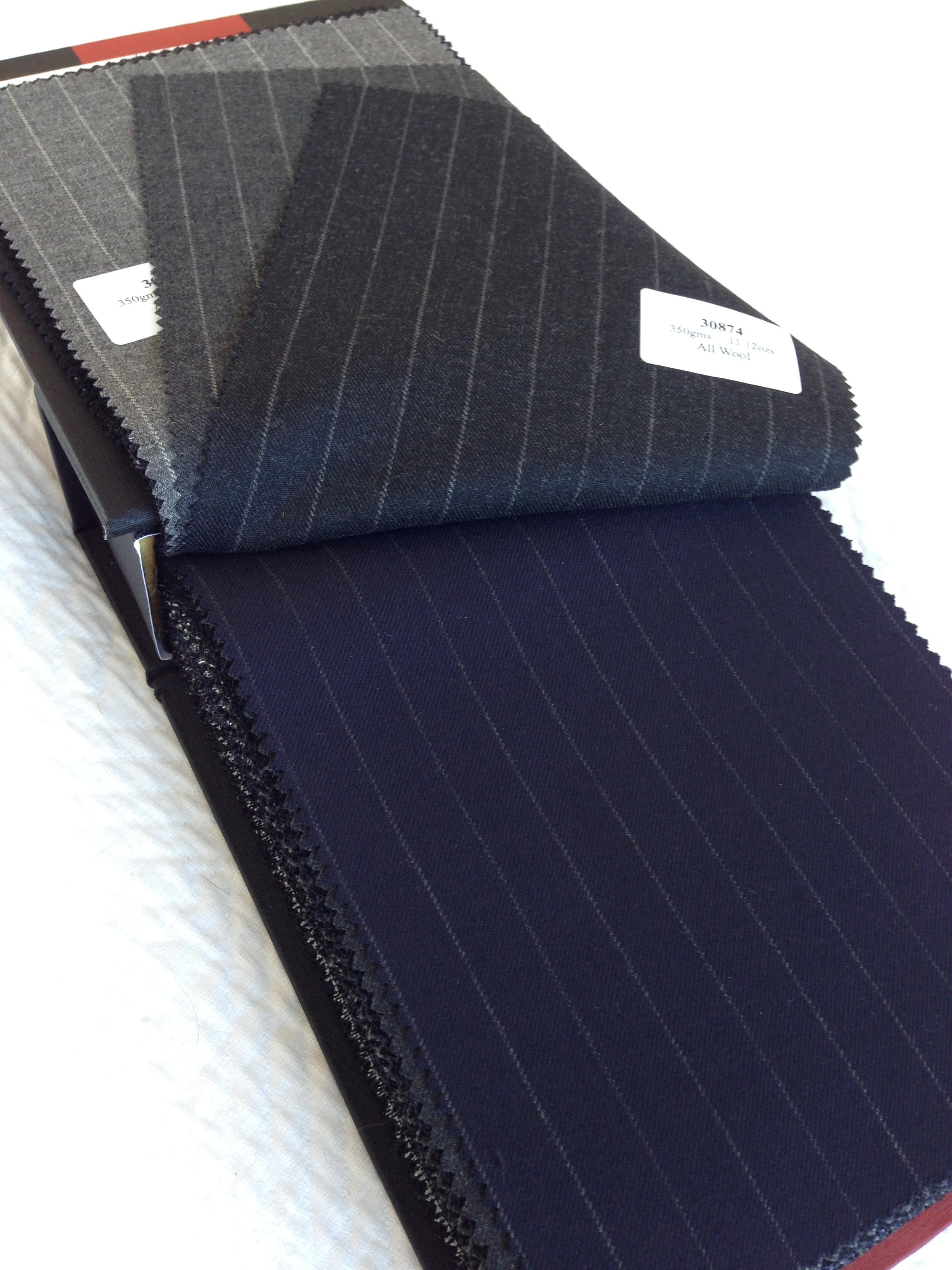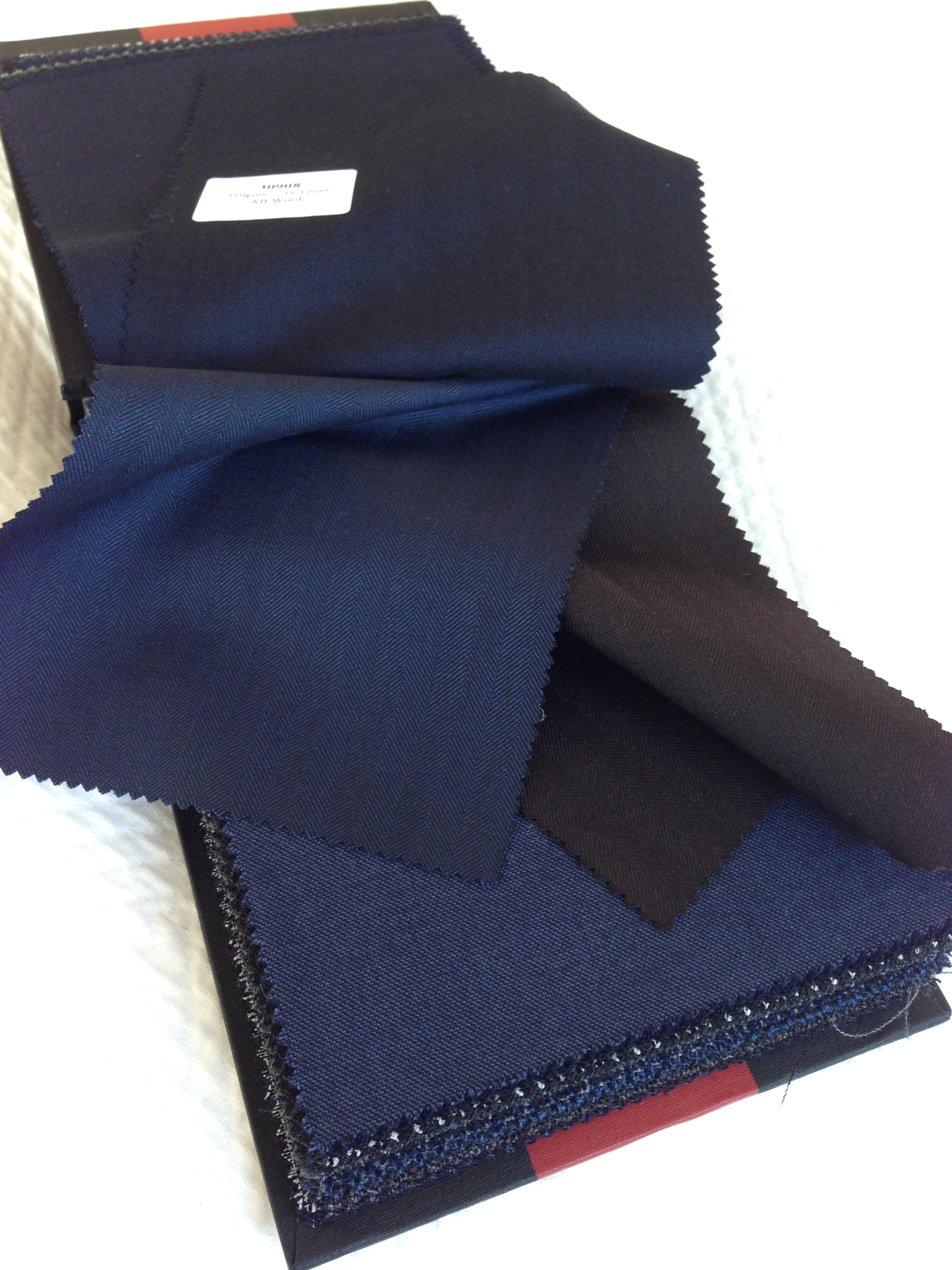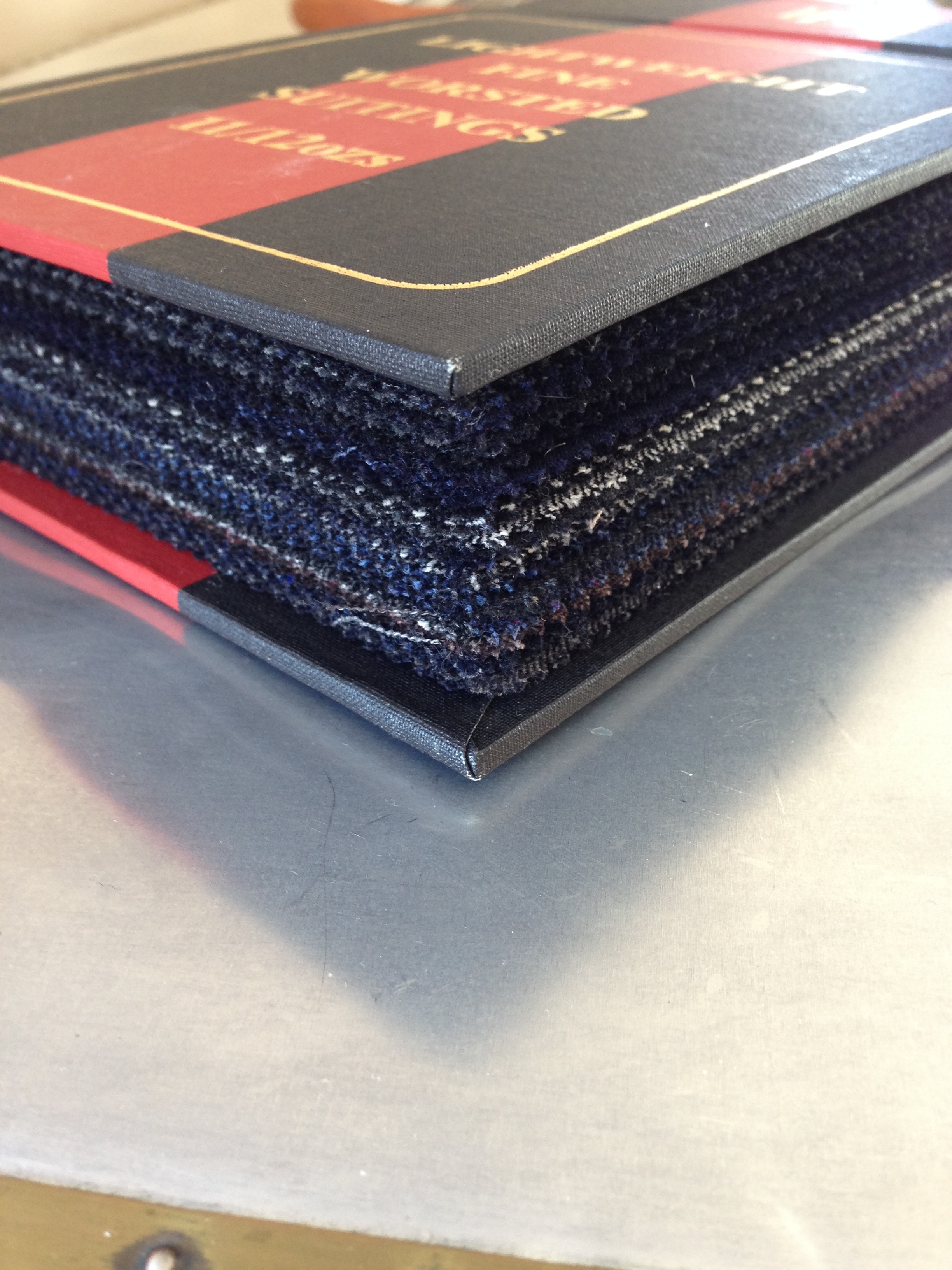All the Moving Parts
What's this flap all about?
I can trace my appreciation of menswear to a specific encounter I had around age five. Though a fragment, the memory is clear: an older man—perhaps an uncle—witnessing my protests and discomfort at being wrestled into jacket and tie for some function, pulled me aside and explained that men wore jackets because of the secret pockets. These pockets, he explained while pointing out my blazer’s own interior, were for carrying the gadgets required of men: pens, pocket knives, handkerchieves and matches. He lowered his voice to a conspiratorial whisper, now you know. Thirty years later, the lesson is still with me: clothes aren’t costumes—they are functional garments designed to adapt to a given environment without sacrificing utility or style.
I no longer carry all the mischievous appurtenances of adolescence. That learned pleasure in utility has survived, however, in the appreciation of a garment’s useful and functioning details. The most common example, but one that nevertheless still makes me smile, is the standard flapped pocket. Most ready-to-wear suits and jackets have flap pockets, likely because they strike the most agreeable balance between the casual patch pocket and the formal flap-less slit pocket found on tuxedoes. Patch pockets are great sporting details, but why choose between flaps and flap-less for suits? I always have ordinary flapped pockets; should the urge to give the suit a slightly more formal appearance strike, I neatly tuck the flap. This seems obvious, silly even, but the effect is not just instantaneous but rather less subtle than it sounds. With correspondingly formal accessories, tucking flaps really does convert a standard business suit into something special.
A more rugged detail has long haunted me, falling in and out of favor on roughly imagined future jackets: the throat latch. I know of two versions. The first is a detachable, gently curved piece of cloth that buttons out of sight behind the collar and lapel. When needed, the collar and lapel flip up and the cloth strap is brought across the throat where it buttons to an otherwise hidden button on the underside of the opposite collar. The other type is more honest: the strap is a permanent and plainly seen extension of the collar that indicates the wearer’s ability to transform his jacket into bonafide outerwear should an unexpected and chilly wind come up. I prefer the latter; not only is it less fiddly, it gives a jacket so equipped an obvious sporting élan that makes wearing it casually feel so natural.
Swing low.
The subtlest expression of functional adjustment results from a double breasted made with a soft enough lapel. The most familiar double breasted jacket front has six buttons that show, but only two of them—namely the right-hand lower two—that button. A man in a double breasted has options. He can button both middle and lower right-hand buttons or he can leave the bottom undone. If feeling particularly louche, however, he can button just the bottom-most. The lapels will roll open to this lowest point, not just exposing more shirt, but creating a long and dramatic sweep, from left shoulder to right hip. It is a vintage look, and probably better reserved for after-hours. And while it might seem too deep in the domain of the dedicated clothing enthusiast to be related to that long-ago memory of function, the premise remains: clothing should adapt to the wearer and not the other way around.
But why does function appeal? In a basic sense, it multiplies the usefulness of any given garment—more looks for the price of one. Patterned and textured three piece suits operate on this principle, affording three separates or one very coordinated application. But I think there is a deeper appeal: when a garment can be operated beyond ordinary wear, it gains a sort of permanence in contradistinction to fashion, which often just impersonates utility. How many designers have sewn on useless straps, pockets and zippers in the name of lending their clothes authenticity? The technique never works; a false pocket is false from a thousand yards. But when all the details found on a garment not just function but provide real utility, the effect is universally handsome. Surely if form must follow function, so too must fashion.





























